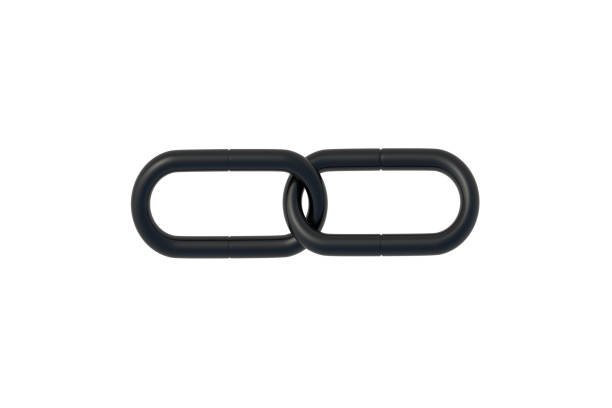Introduction
In today’s digital age, SEO Content Writing plays a huge role in driving website traffic. SEO content writing means writing content that is attractive to search engines and valuable to users. These articles give you great tips for writing SEO content that can increase your website traffic. Through each topic we will discuss different techniques and strategies that will help your content move higher in search engine results and reach a larger audience.
1. Keyword research and implementation

The first and most important step in writing SEO content is keyword research. Keywords are words and phrases that are typed into a log search engine. You need to include relevant keywords in your content that your audience is looking for.
Using keyword research tools like Google Keyword Planner, SEMrush, and Alphabet you can identify high-volume and low-competition keywords. It’s important to strategically place keywords in your content, but make sure the keywords are natural and relevant. Avoid overstuffing as it can lead to search engine penalties.
2. Crafting great headlines
The roll of headlines affects the click-through rate (CTR) of content. It is important to write a compelling and catchy headline that attracts customers and piques their curiosity. Headlines should contain the main keywords and should be clear and concise.
Research has found that using numbers, questions, and strong adjectives in headlines leads to higher engagement. For example, “10 Proven Ways to Increase Your Website Traffic” or “How to Increase Your Website Traffic in 2024”.
3. Writing high-quality, original content
High quality and original content is the key aspect of SEO. Search engines prefer unique and valuable content that provides useful information to users. Content should be well researched and informative. It is important to avoid copied plagiarized content as it can lead to search engine penalties.
You should create content that answers customers’ questions and solves their problems. Engaging and well-organized content can keep users on the site for longer, which is beneficial for SEO.
4. Use of relevant and enhanced images
The use of images is meant to make content visually appealing and drive user engagement. But using surf photos isn’t enough. Unhein is also important to optimize. The file size of the images should be small, so the page load speed is fast. Alt text is also important because it tells search engines what the image is about. By including relevant keywords in the alt text, you can improve your images in search engine results.
5. Internal and external linking

Internal and external linking is an integral part of SEO content writing. Internal links are links to other pages on your website. It helps users spend time on your website and helps search engines understand the structure of the site. External links Link your content to high-quality external sources. This boosts the credibility of your content and tells search engines that your content has been well researched. Donotypes links should be done strategically.
6. Creating engaging meta descriptions
Meta descriptions are short summaries that appear appropriate for content in search engine results pages (SERPs). These summaries attract users and encourage them to click on them. Meta descriptions should include primary keywords and should be clear and persuasive. A great meta description tells users what value is to be found in that content and helps the content stand out in search results.
7. Ensuring mobile friendliness
The majority of users today access the Internet through mobile devices. Therefore, it is important that your content is mobile friendly. Mobile-friendly content means your website and content are easily accessible and readable even on mobile devices Responsive design ensures that your website displays properly on every screen size. To optimize mobile-friendliness you should ensure fast loading, readable fonts, and easy navigation.
8. Improving page loading speed
Page load speed is an important SEO factor. Slow loading pages frustrate users and increase bounce rates, which is a negative signal for search engines. You can use image optimization, browser caching, and content delivery networks (CDNs) to improve your website’s loading speed. Regularly performing page speed tests and implementing improvements is essential to provide the best user experience and improve search engine rankings.
9. Use of social media for content promotion

Using social media platforms to promote content can be beneficial for SEO. Sharing content on the same social media platforms is a powerful way to increase the reach and visibility of your content. Social indicators, such as likes, shares, and comments, are positive signals for search engines.
You should share your content on relevant social media channels and encourage audience engagement. It helps to drive traffic to your website and improve search engine ranking.
10. Monitoring and analyzing performance
Monitoring and analyzing the poor performance of SEO content writing is essential. You should regularly track how your content is performing. Using Google Analytics and other SEO tools you can analyze traffic sources, bounce rates, and user engagement metrics. This data tells you what improvements your content needs and what’s working. Performance analysis allows you to continuously improve your content strategy and achieve better results.
Conclusion
By adopting the following SEO content writing methods you are able to significantly boost your website traffic. From keyword research to performance monitoring, each step helps optimize your content for search engines and users.
By following the tips, you can move your website higher in search engine results and provide valuable and engaging content to your audience. Remember, SEO is an ongoing process, and requires regular updates and improvements as your website traffic continues to grow.





